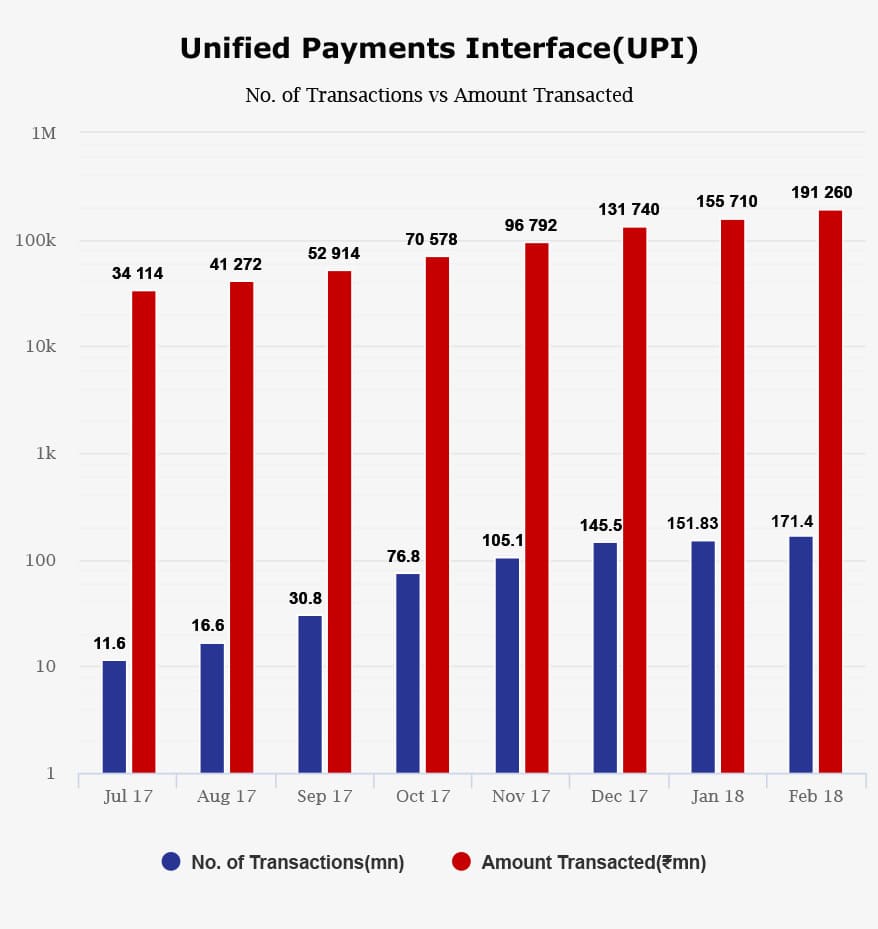
With the stepping down of Ashneer Grover, the co-founder and managing director of Bharat Pe, the digital payments industry in India has become the centre of attention. The company witnessed a significant decline in its shares and sparked discussions about the functioning of the industry. Madhuri Grover and her husband were stripped of all the titles in the company. They were accused of fraud, and of spending the company’s resources to live lavishly. Ashneer Grover also recently took a jab over the Q1 earnings of the company and criticised the top leadership. According to the company, it has grown four times in terms of its overall revenue as compared to last year. A Reuters report dated 10 May said the company would be overhauling its governance framework, with the board also recommending action against employees and vendors who indulged in malpractices. Paytm IPO Saga The biggest Indian IPO had a size of Rs 18,300 crore. However, it got listed on the stock market with a discount of 9% on its offer price, which plummeted the shares to the lower circuit. The share price was Rs. 1,560 when it closed, 27.4% below the price offered by the fintech company. Experts have said that poor guidance and expensive valuation resulted in this poor show. Government Policies: An Incentive for the Industry? The Ministry of Electronics and Information Technology set up DigiDhan, with a goal to promote digital payments with the target of 2,500 crore transactions through UPI, debit cards, and other online payment methods. Prime Minister Narendra Modi has been an ambassador for the digital payments ecosystem and has emphasised its significance time and again. Transactions have grown exponentially and since 2020, the industry has seen favourable government policies. To encourage this, the Reserve Bank of India (RBI) has allowed payments up to Rs. 5,000 without two-step authentication by giving an e-mandate. Meanwhile, the Ministry of Road Transport & Highways has made FASTags mandatory for all vehicles, failing which the toll tax has to be paid in double, which gives further impetus to the use of digital payments. In the 2022-23 fiscal year, the Union government introduced the Central Bank Digital Currency (CBDC), to provide the Indian economy with a digital boost. The Digital Rupee will be based on blockchain and other technologies, coming under the guidance of RBI. This move has also sparked concerns. Sveriges Riksbank, the central bank of Sweden, has said that having a non-interest paying digital rupee would limit the monetary policy and restrict the economy. In India, the laws on cryptocurrency have also been a topic of discussion. All in all, the digital payments industry, with the government’s backing, seems to only be heading towards greater growth. However, the enduring importance of physical currency – as shown in the aftermath of the 2016 demonetisation move – along with the threat of fraudulent transactions will continue to function as obstacles in the way of a seamless transition.
If a tree falls in a forest and there is no one to hear it, does it make a sound? This is a saying that we all have grown up with. In this situation, the answer does not matter because there was an audience to witness the fall – the world saw Paytm deliver an IPO failure.
10 May 2022
Abhishek Anand